Copyright Infringement Policies
Guidelines for Compliance with Copyright Laws
This policy is intended to guide the reproduction of copyright protected work and to ensure Haskell Indian Nations University is not liable for any suit, demand, claim, or liability arising from a breach of copyright protection on the basis of copyright infringement.
Copyright infringement of a copyright owner occurs when a protected work is used in a manner that violates the exclusive right of the copyright owner (when such use is neither authorized by the copyright owner, nor within the scope of one of the limitations applying to the copyright owner’s assertion of that exclusive right).
Notice of Copyright
Copyright protected material must contain a notice of copyright and a statement of copyright permission, unless an exception or limitation under Fair Use Guidelines to copyright applies. Notice of copyright must clearly identify the owner of the copyright, and permission for use must state the conditions of use, e.g., “Copyright of the articles contained in this journal is held by the (Name of Copyright Owner). Permission is granted to reproduce and distribute copies of the work in its entirety for nonprofit educational or library purposes, provided that copies are distributed at or below cost, that the copyright notice is included on each copy, and that no alterations or modifications in the text are made.”
Fair Use Guidelines
Fair Use Guidelines may provide an exception or limitation to copyright permission based on:
- The purpose and character of use, including whether the use is of a commercial nature or is for nonprofit educational purpose;
- The nature of the copyrighted work;
- The amount and substantially of the portion used in relation to the copyrighted work as a whole; and
- The effect of the use on the potential market for or value of the copyrighted work. Fair Use exceptions or limitations to copyright:
- Do not include copies of the same item made by the same teacher from term to term;
- Will not apply to the reproduction and distribution of more than nine instances of multiple copying for one course during the class term;
- Materials do not replace use of a text for the course.
Materials Submitted for Copies Under Fair Use Guidelines
Materials submitted for copies under Fair Use Guidelines must contain a notice of copyright and use the following guidelines to determine whether fair use applies:
- The brevity of the work being copies;
- Spontaneity, which means the copying is done at the request of the individual faculty and the decision to reproduce is made so close in time to when the faculty member wants to use the work that it would be unreasonable to expect timely reply to the copyright owner for permission;
- The cumulative effect limits the copying of particular material to one course and places limitations on what can be copied, e.g. one article or two excerpts per author, three per periodical volume, or other collective work during the class term.
Source: Academic Policies Handbook and U.S. Copyright Law Title 17


